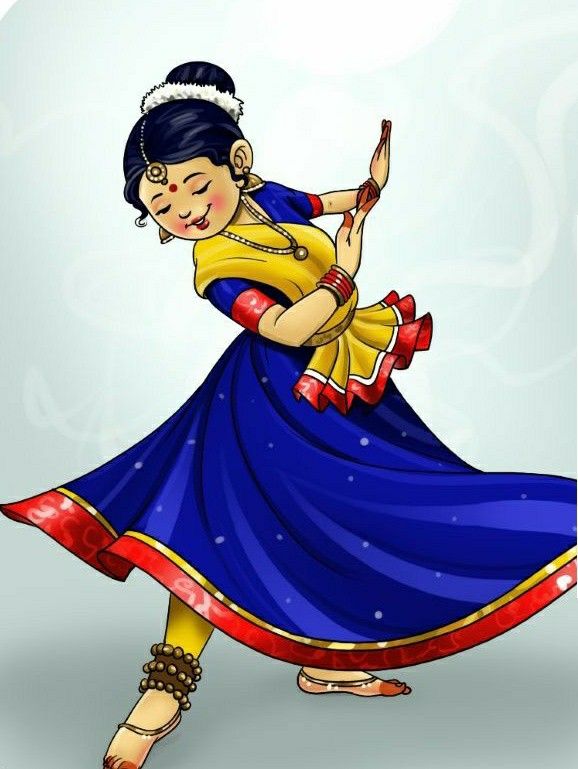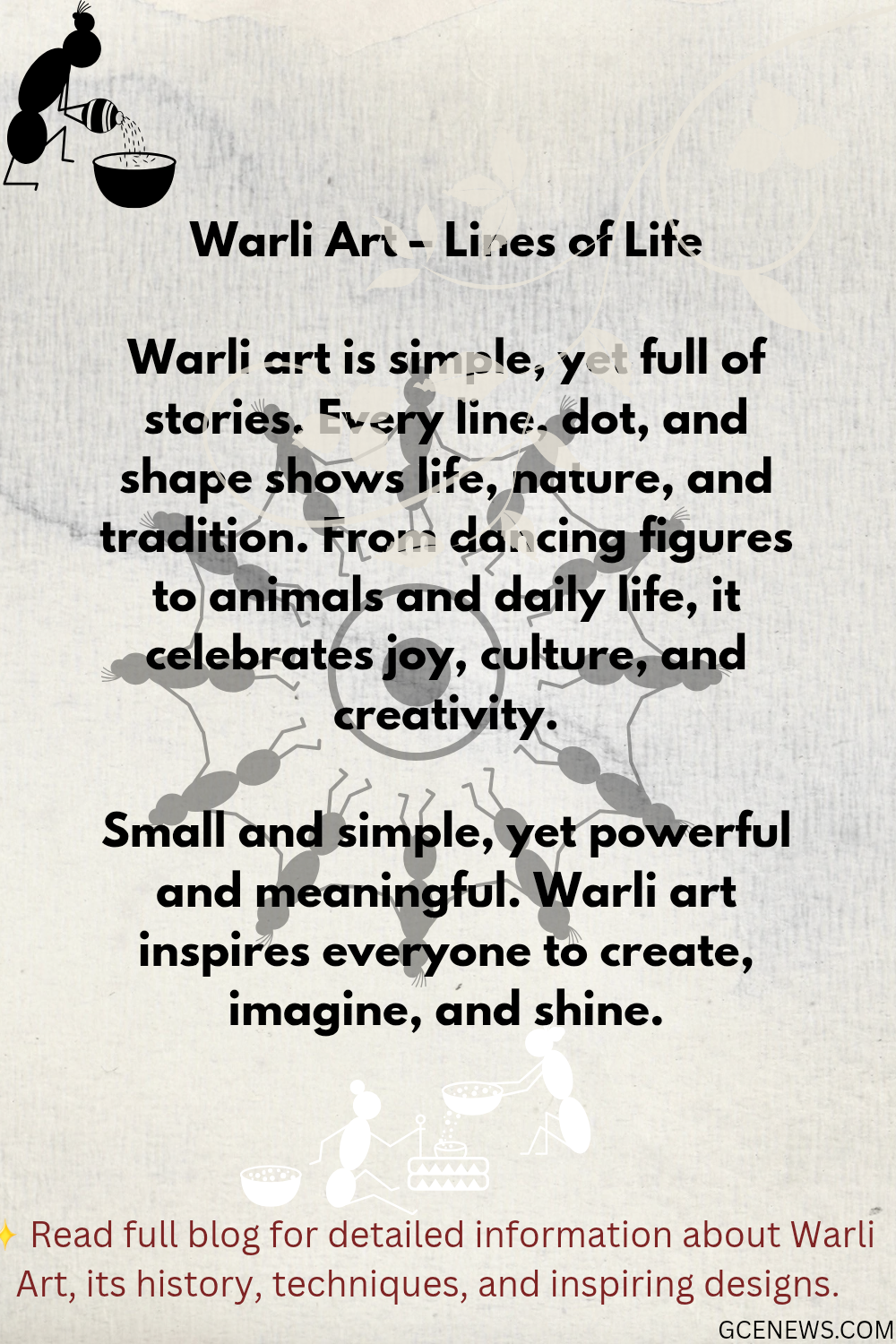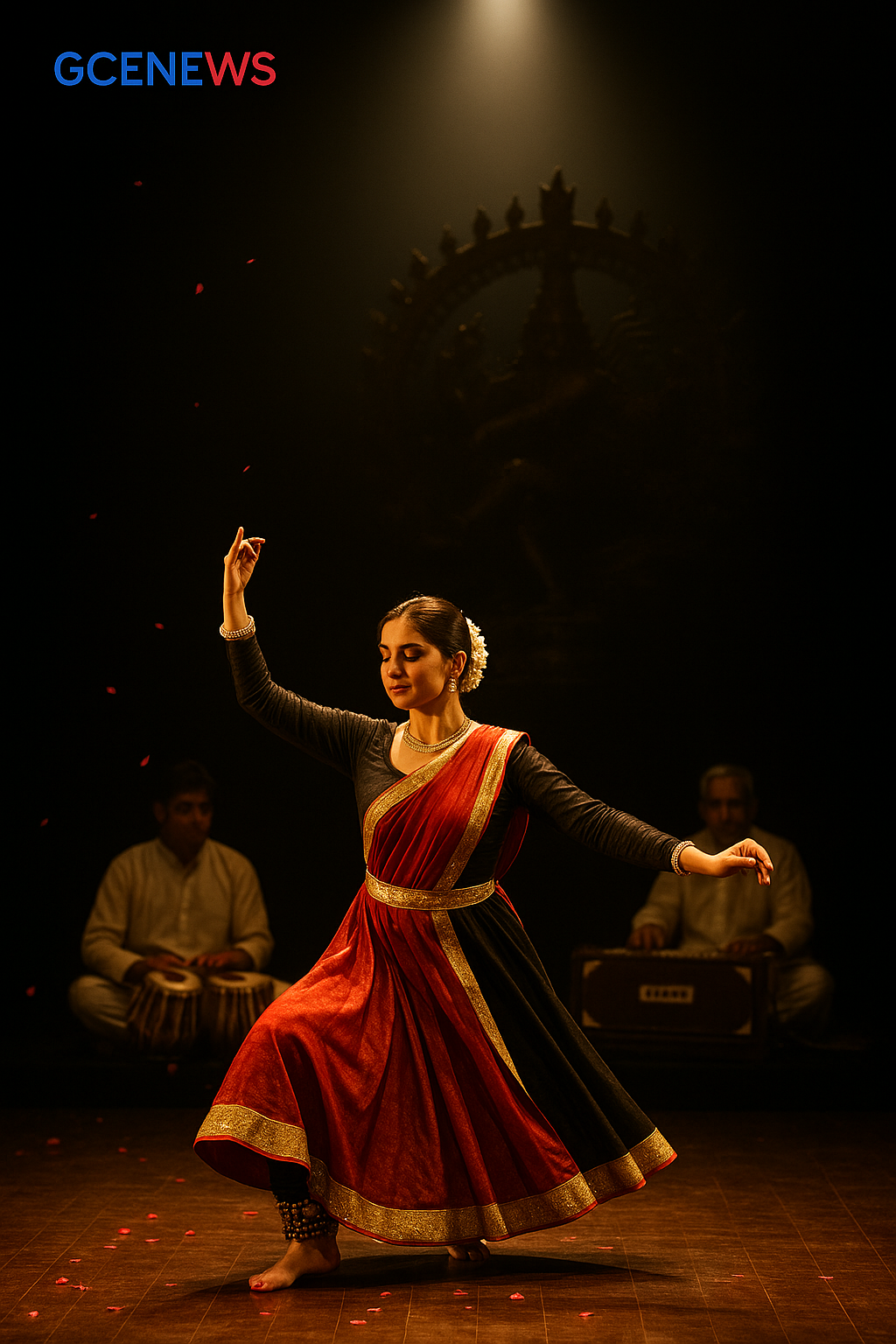Episode 2 of Kathak series

🎀 Episode 2: Kathak Gharanas – Where Styles Become Stories
Hi guys! I’m your writer and well-wisher, and welcome back to our Kathak journey. In Episode 1, we explored the rich history of Kathak — its temple roots, Mughal evolution, and global reach. Now in Episode 2, we’ll dive into the unique styles that define Kathak’s beauty: the three main Gharanas. Each one is a legacy of rhythm, grace, and storytelling passed down through generations. Let’s begin!
🌸 What is a Gharana?
In Indian classical art, a Gharana refers to a distinct style or school of thought, usually named after the region it originated from. In Kathak, there are three main Gharanas, and each carries a special flavor of expression, movement, and rhythm.
1️⃣ Lucknow Gharana – The Gharana of Expression
• Origin: Lucknow, Uttar Pradesh – royal courts of Nawabs.
• Highlights: Graceful movements, facial expressions, subtle storytelling.
• Themes: Often focuses on Radha-Krishna, romantic and devotional stories.
• Famous Artists: Pandit Birju Maharaj, Shambhu Maharaj.
🩰 Known for its elegance and soft, expressive dance language.
2️⃣ Jaipur Gharana – The Gharana of Rhythm
• Origin: Jaipur, Rajasthan – royal courts with strong musical traditions.
• Highlights: Dynamic footwork (Tatkar), fast spins (Chakkars), complex rhythmic patterns.
• Themes: Emphasis on pure dance (Nritta) over storytelling.
• Famous Artists: Pandit Durga Lal, Rajendra Gangani.
🥁 Celebrated for its strength, speed, and technical excellence.
3️⃣ Benaras Gharana – The Gharana of Devotion
• Origin: Varanasi (Benaras), spiritual and artistic center of India.
• Highlights: Floor movements, smooth gestures, and spiritual calmness.
• Themes: Deeply devotional, often connected with temple rituals.
• Famous Artists: Sitara Devi, Sukhdev Maharaj.
🕊️ Balances rhythm with serenity and devotion.
🌟 Blended Learning in the Modern Era
Today, most Kathak dancers learn a blend of all three Gharanas. While some follow pure traditions, many incorporate elements from each style, depending on the performance, composition, or choreography. This fusion keeps Kathak evolving — while respecting its roots.
💌 Reader’s Story: Supriya from Gujarat
We received a heartfelt story from Supriya, one of our readers, who recently experienced something that changed how she views life. Here's her story, in her own words:
“Hi, I’m Supriya, 19 years old, from Gujarat. I had never traveled alone before, but for a long time, I dreamed of going somewhere just for myself — to breathe, to feel free, and to experience the unknown. After convincing my family with great difficulty, I finally planned my first solo trip to Uttarakhand.
It wasn’t easy — I faced fears, doubts, and all the usual ‘what if’ questions. But once I reached Rishikesh, something inside me shifted. I watched the Ganga flow at sunset, walked alone in silence, met strangers who became memories, and discovered strength I didn’t know I had.
By the time I returned, I wasn’t the same person. I didn’t come back with shopping bags or selfies — I came back with clarity, confidence, and a new perspective on life. That trip taught me that sometimes, you don’t need to escape your life. You need to step out to truly see it.”
🌸 Thank you, Supriya, for sharing your brave and beautiful experience with us. Your journey will surely inspire many others to find their own courage.
💫 Final Words
Kathak, like life, comes in many styles. Whether it’s the graceful flow of Lucknow, the powerful rhythm of Jaipur, or the devotional calm of Benaras — every Gharana tells a story, just like people do.
In Episode 3, we’ll begin with the basic steps, mudras (hand gestures), and easy tips for those who want to start learning Kathak at home.
This is your writer and well-wisher, signing off.
Until next time — express, explore, and evolve. 💖




